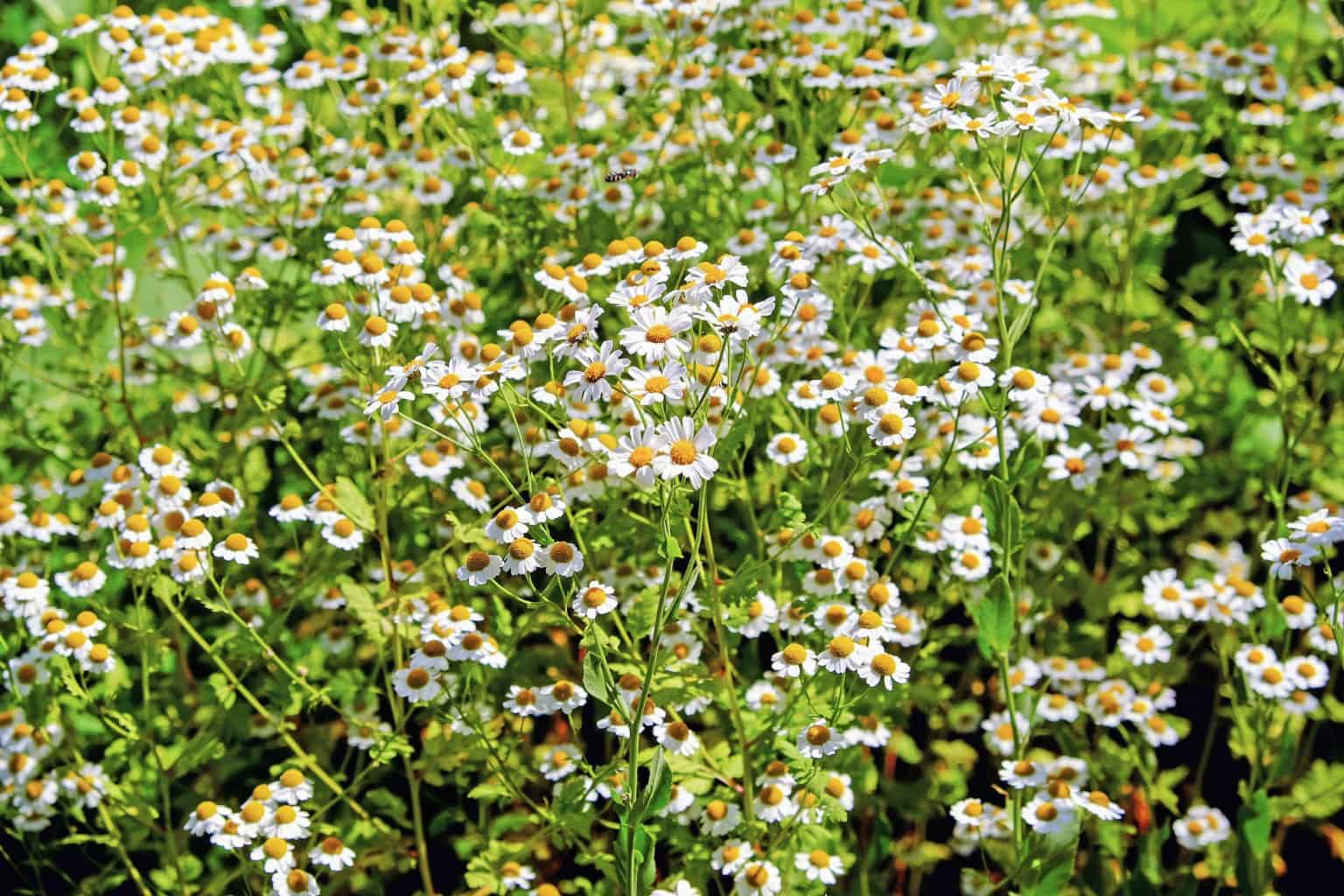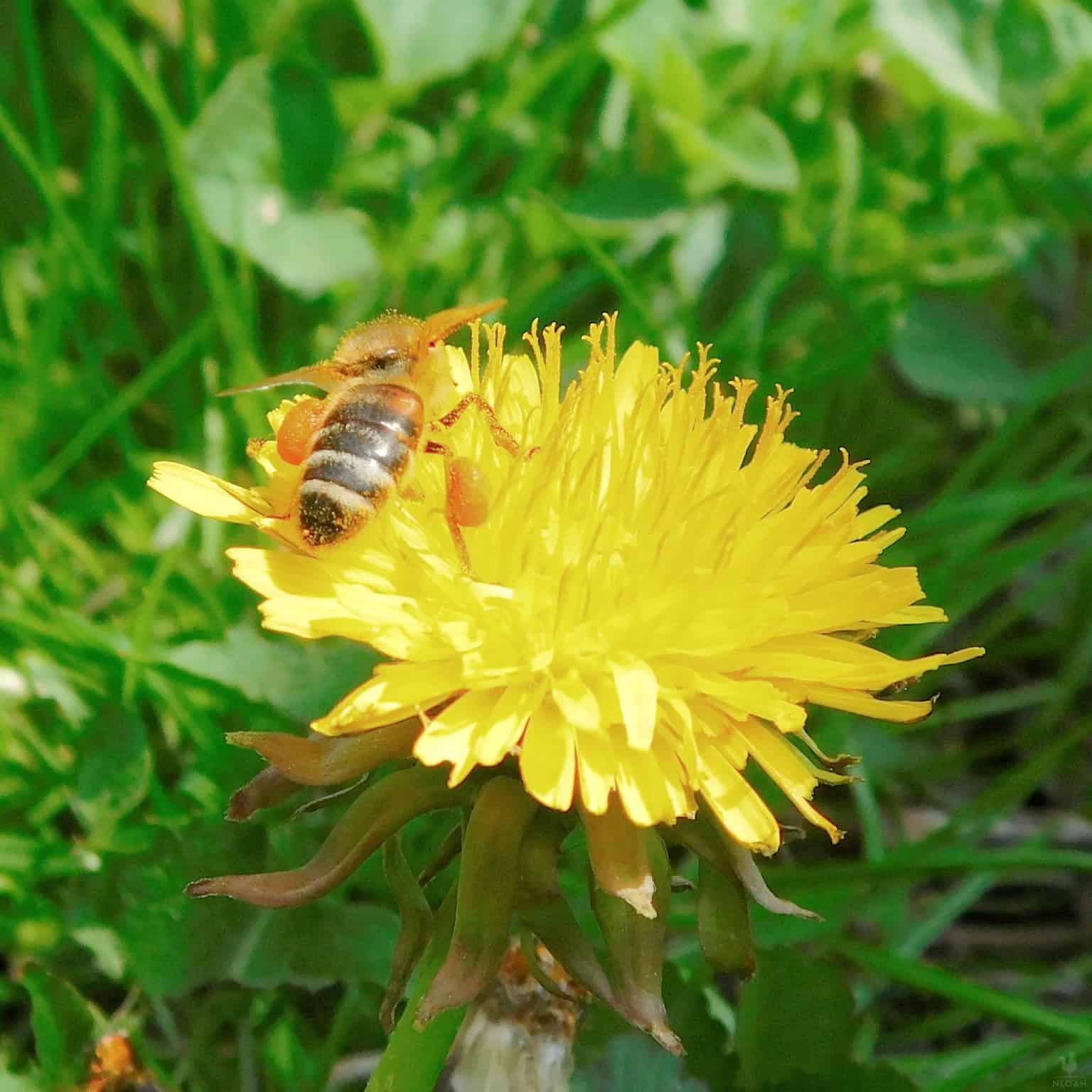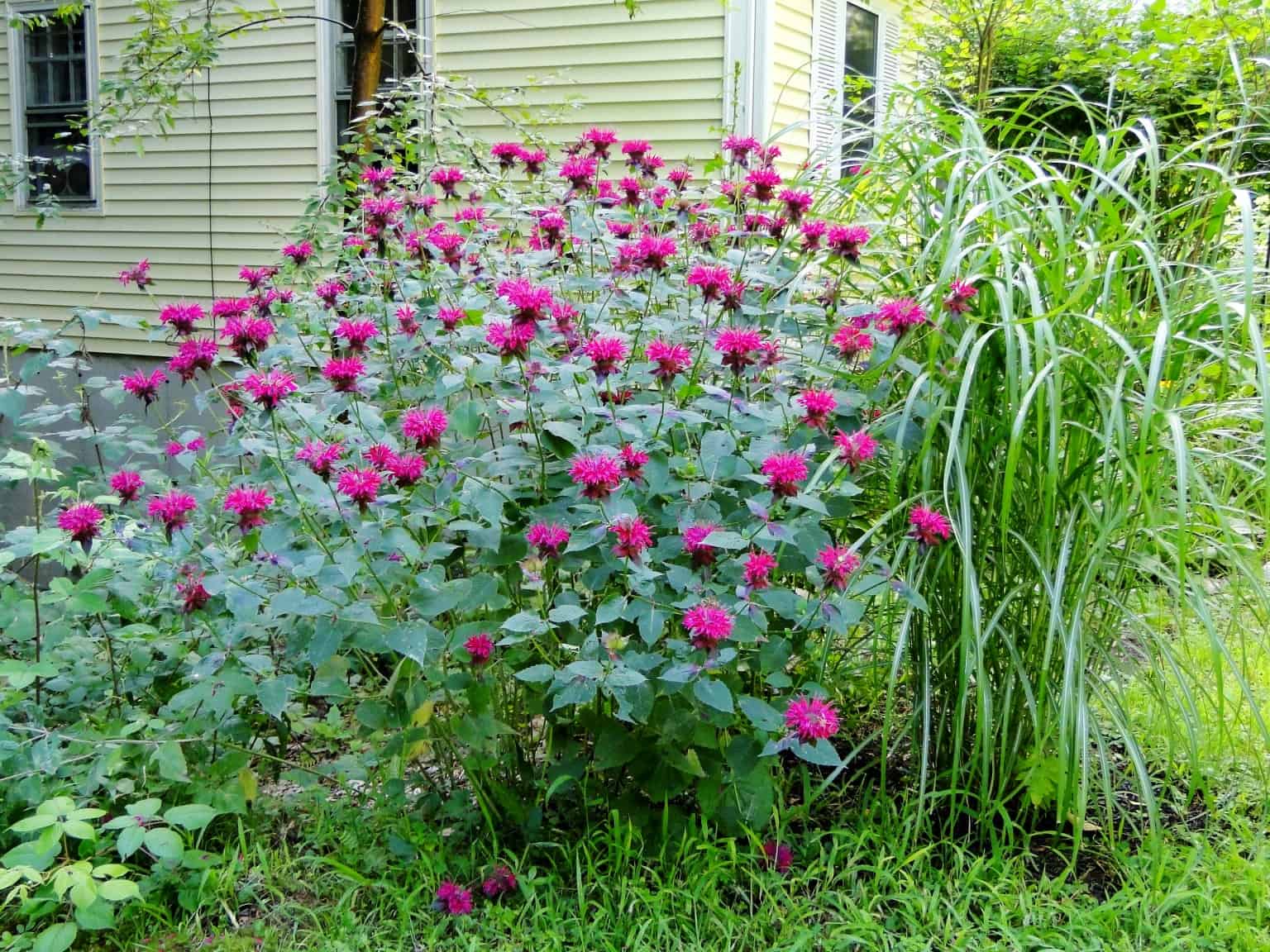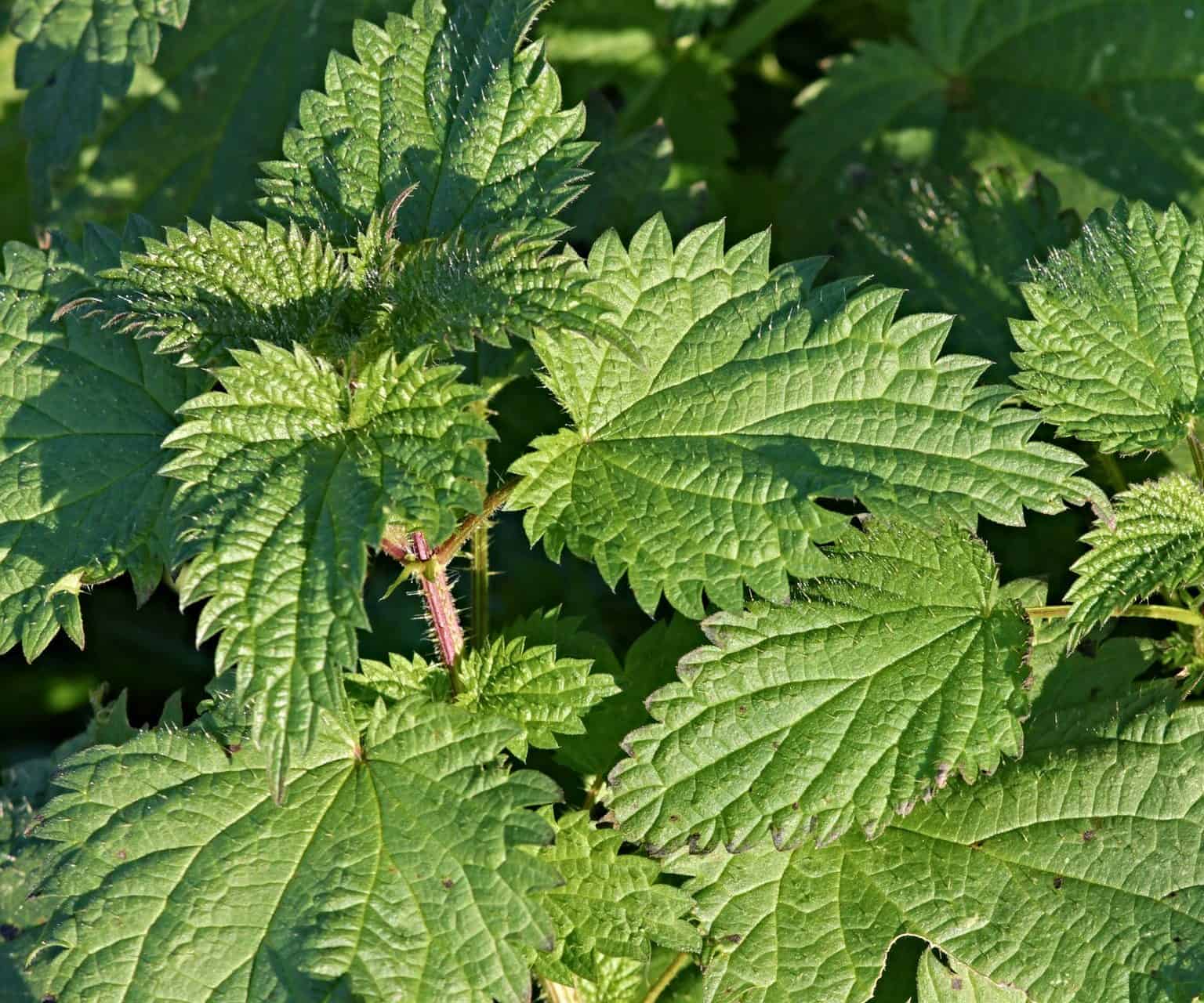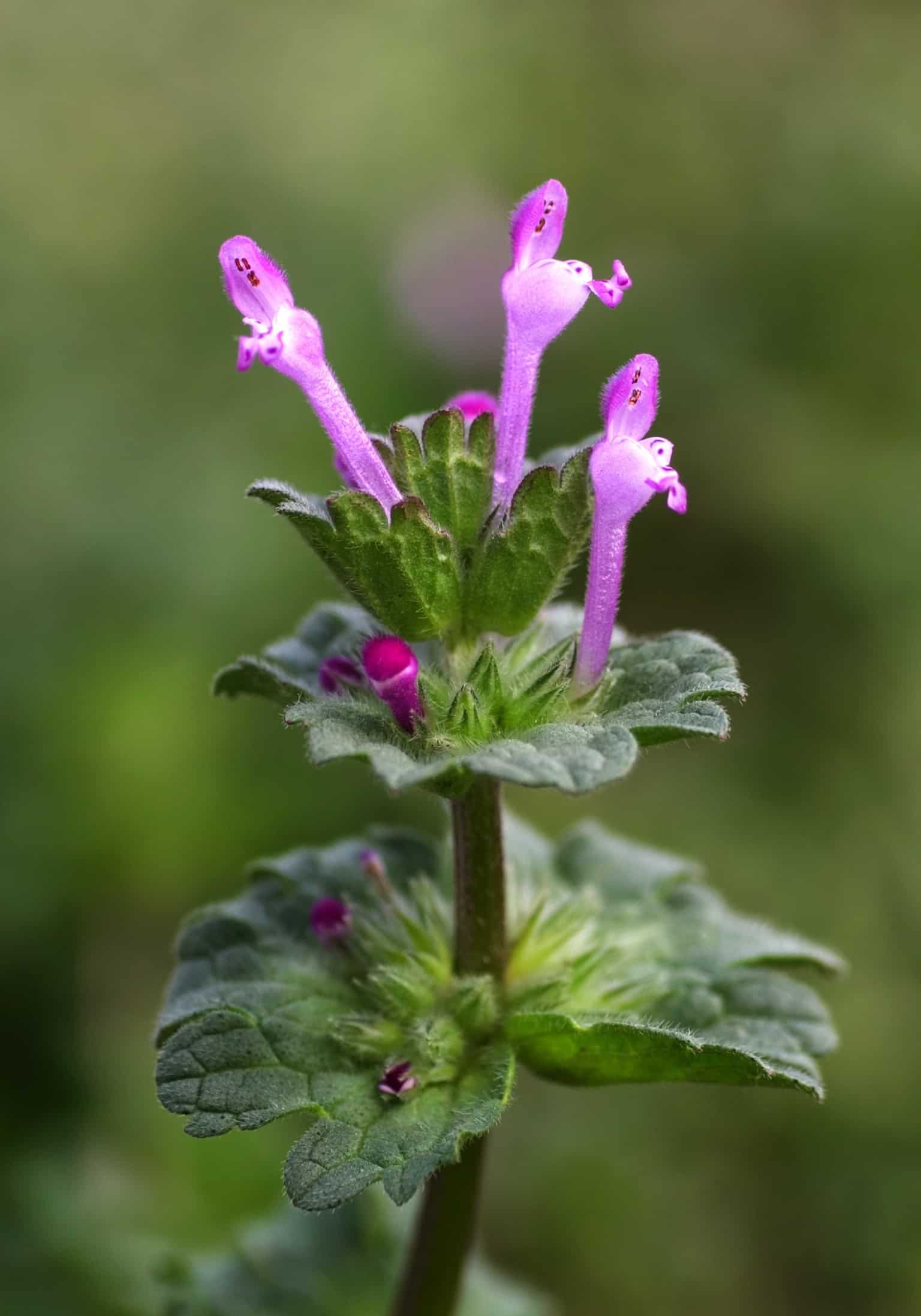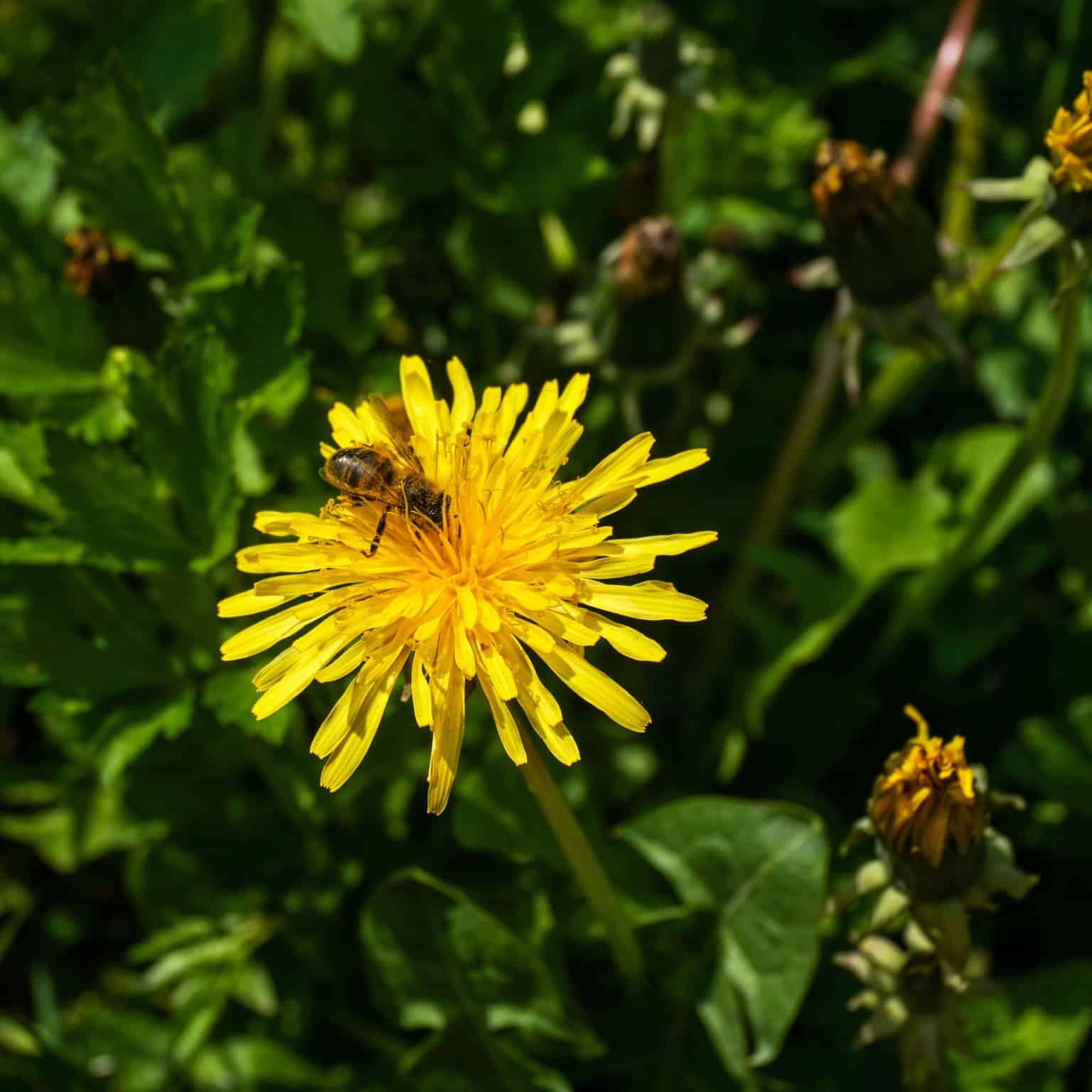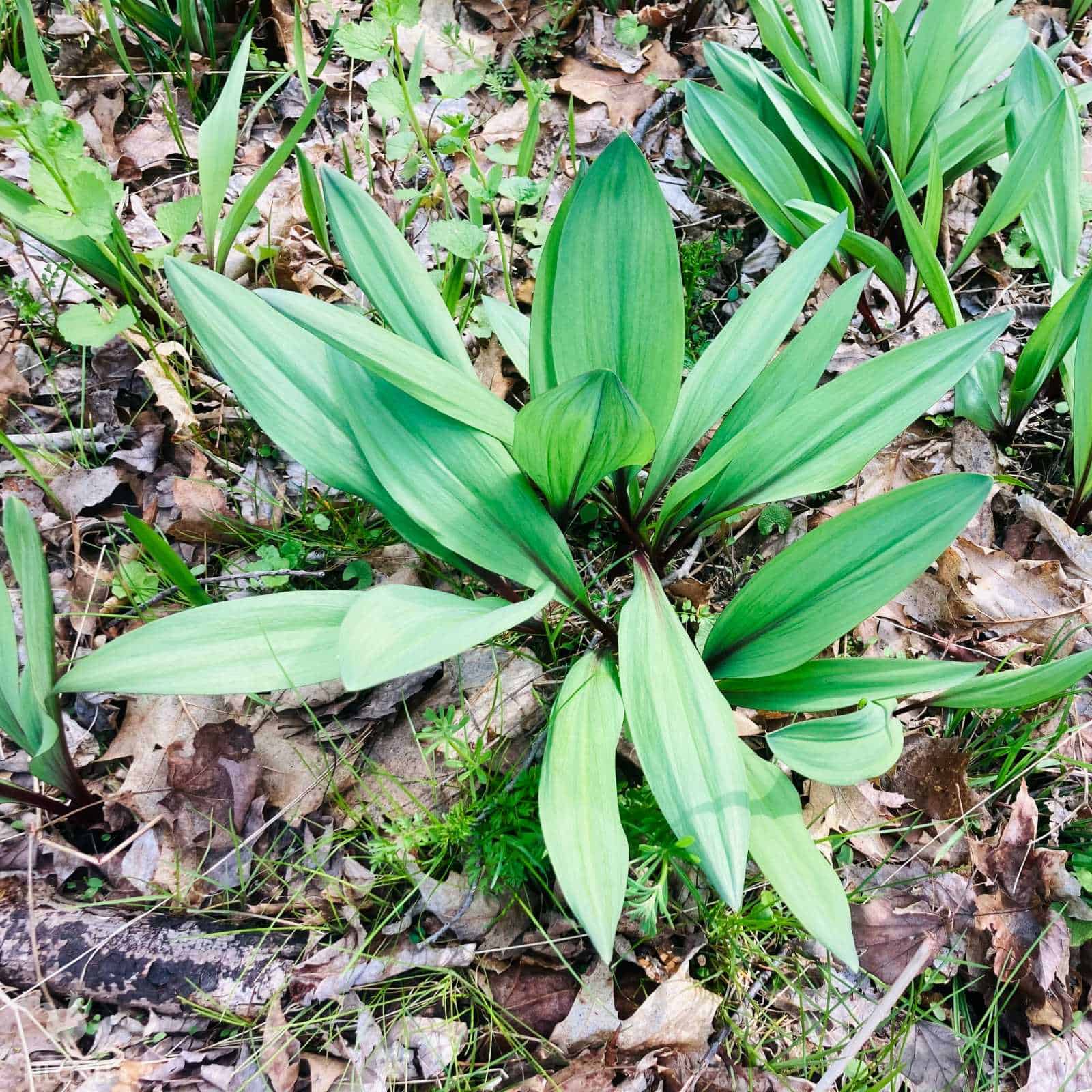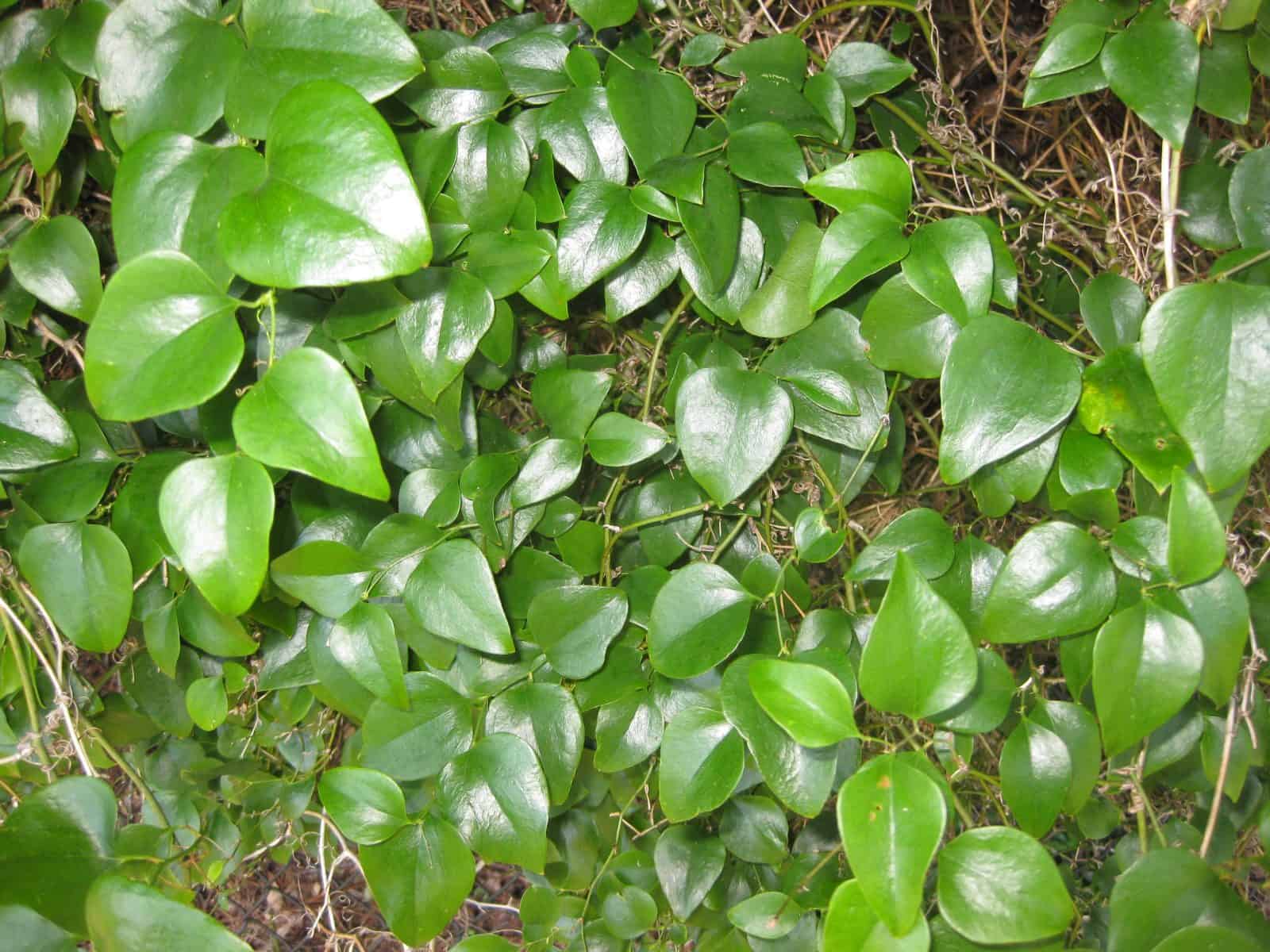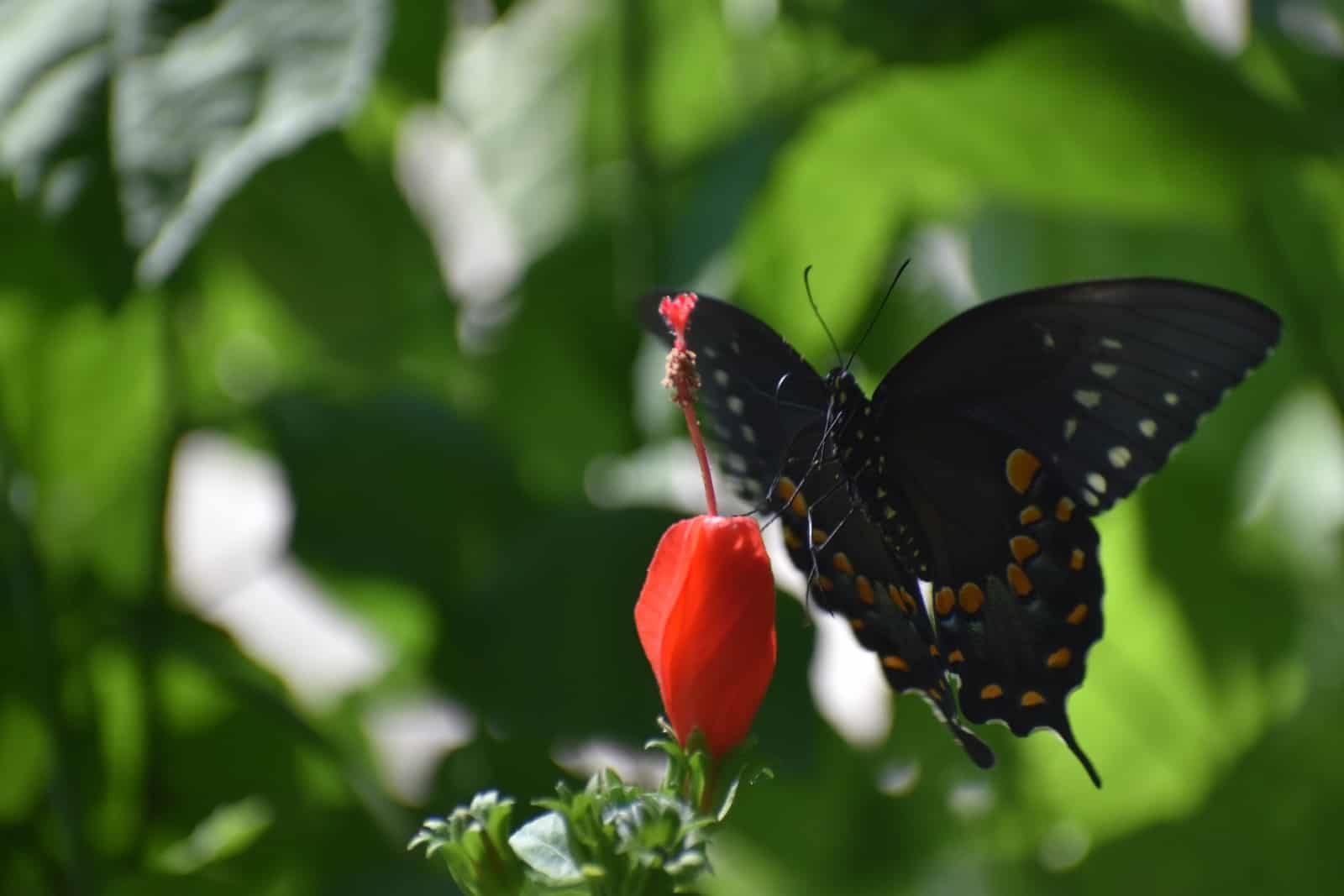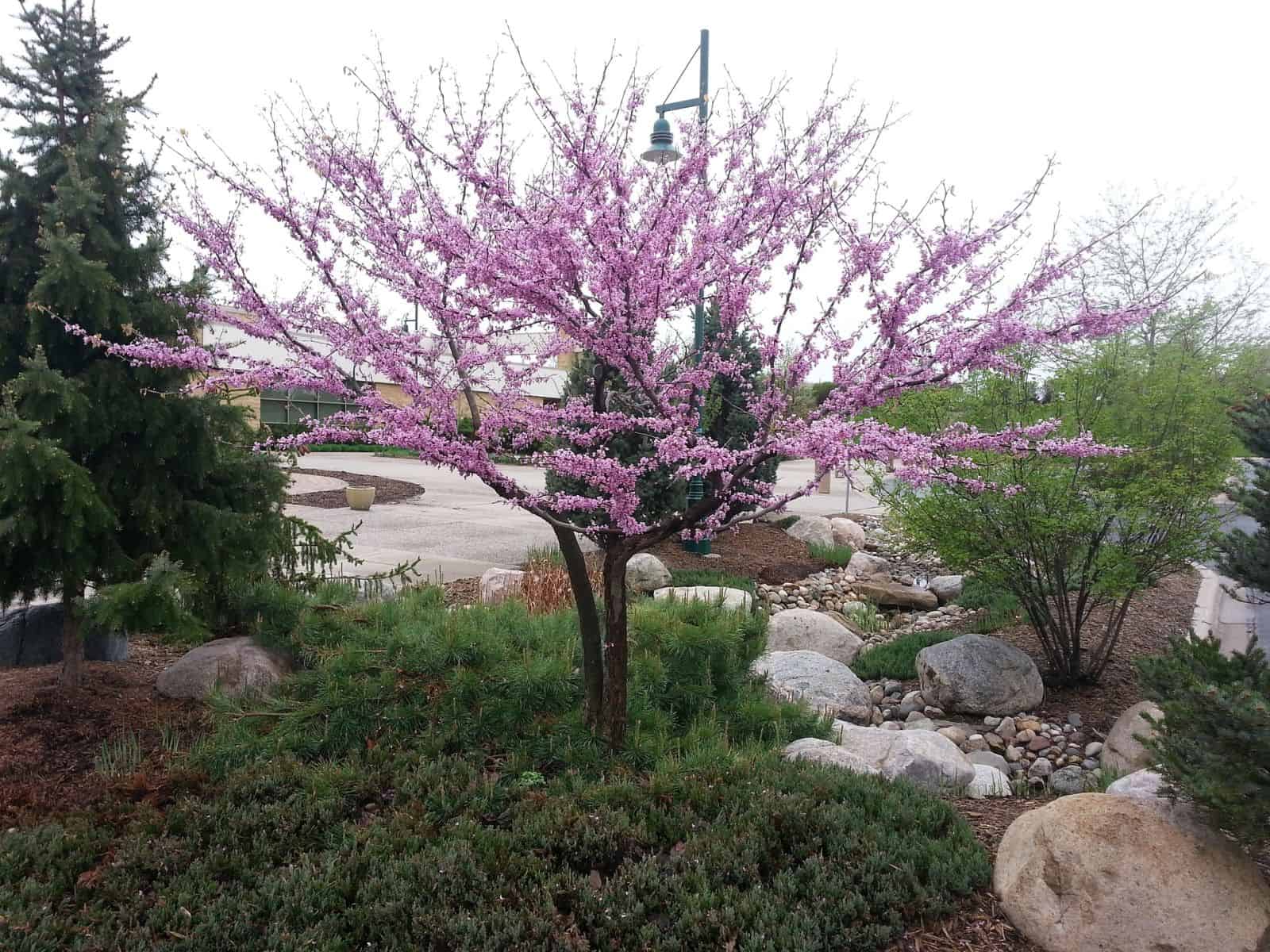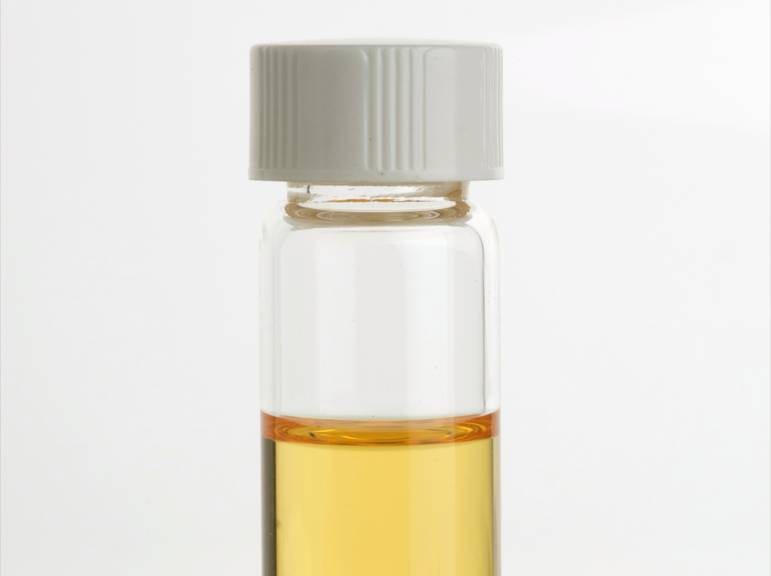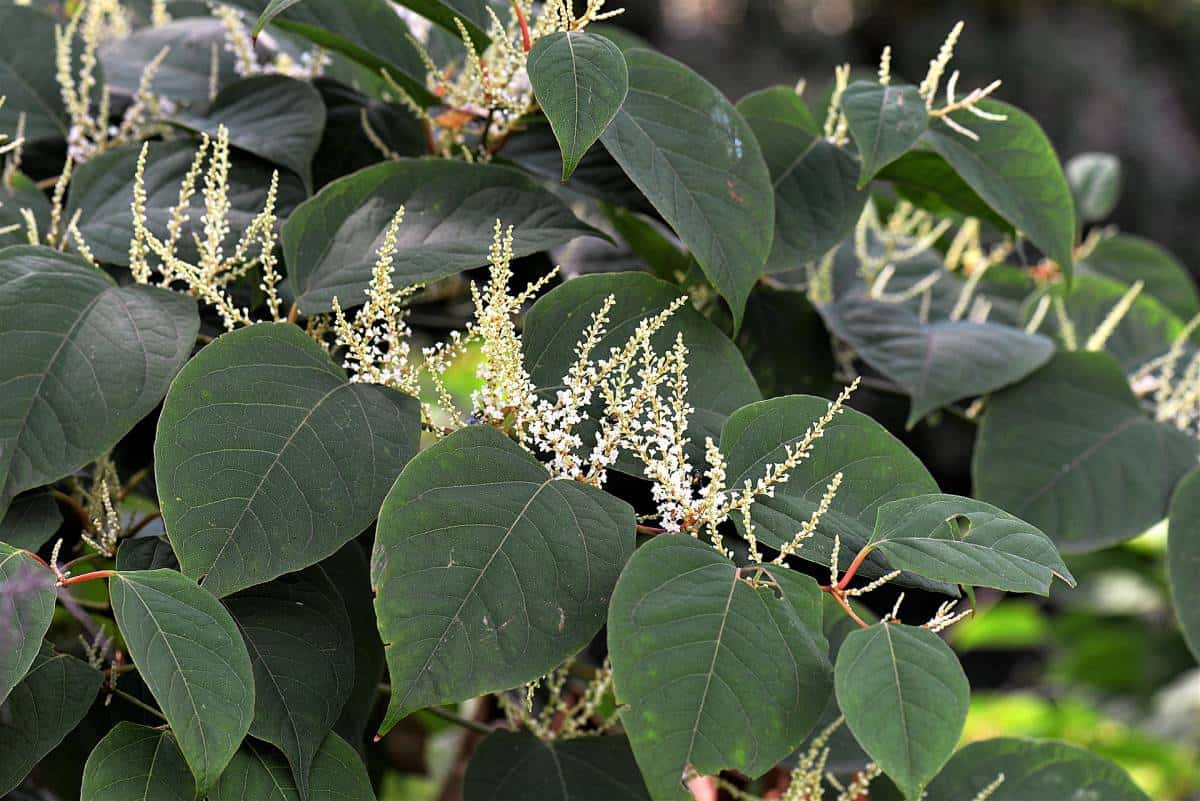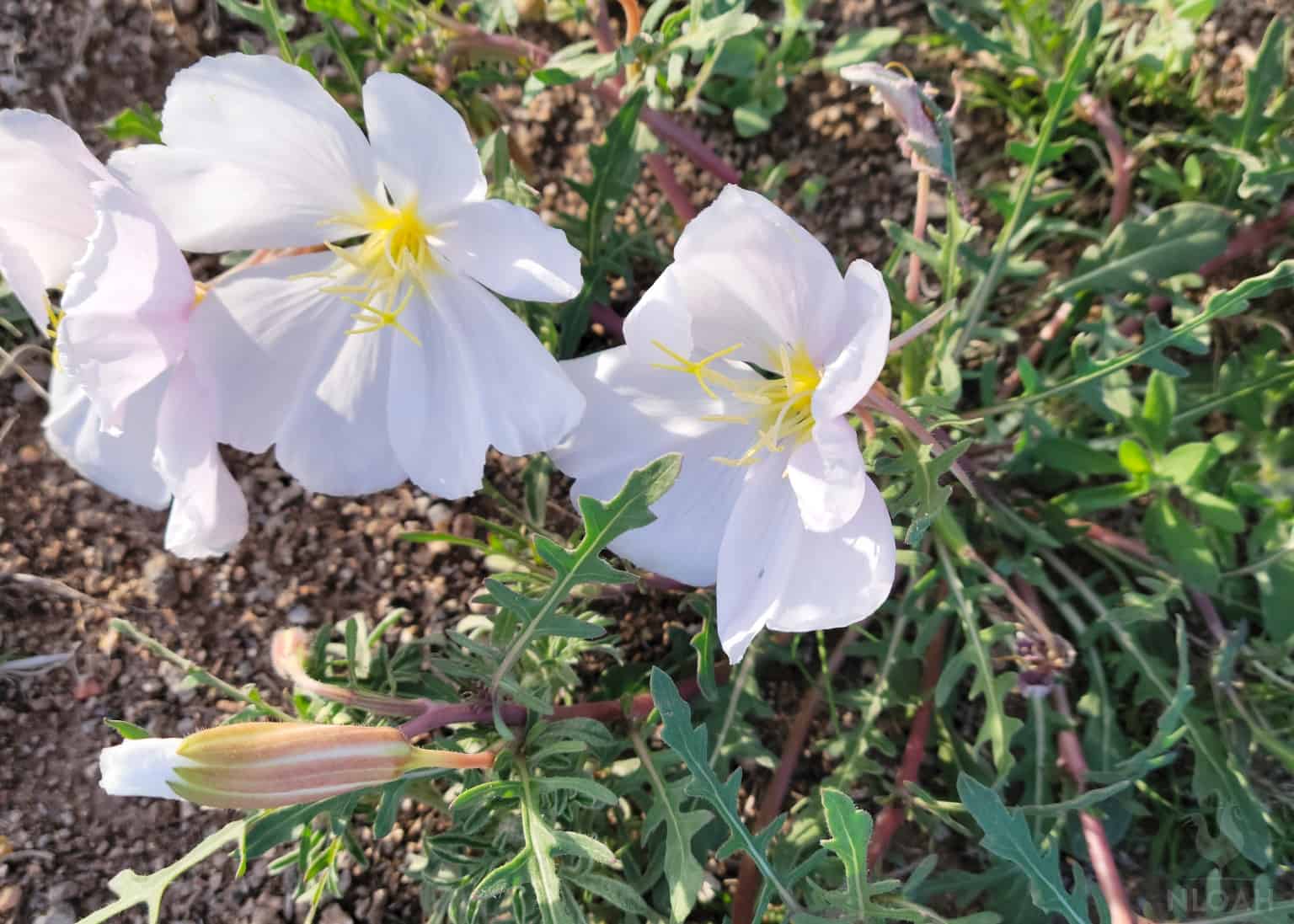How to Grow Chamomile in Your Garden
Bright like daisies, and healthy for the body, Chamomile belongs to the Asteraceae family which is the name for several daisy-like plants. This charmer blossom is grown mostly in Europe, Western Asia, and other countries with accommodating soil and they are considered to be a key ingredient in herbal teas. Chamomile is popular in the … Read more

